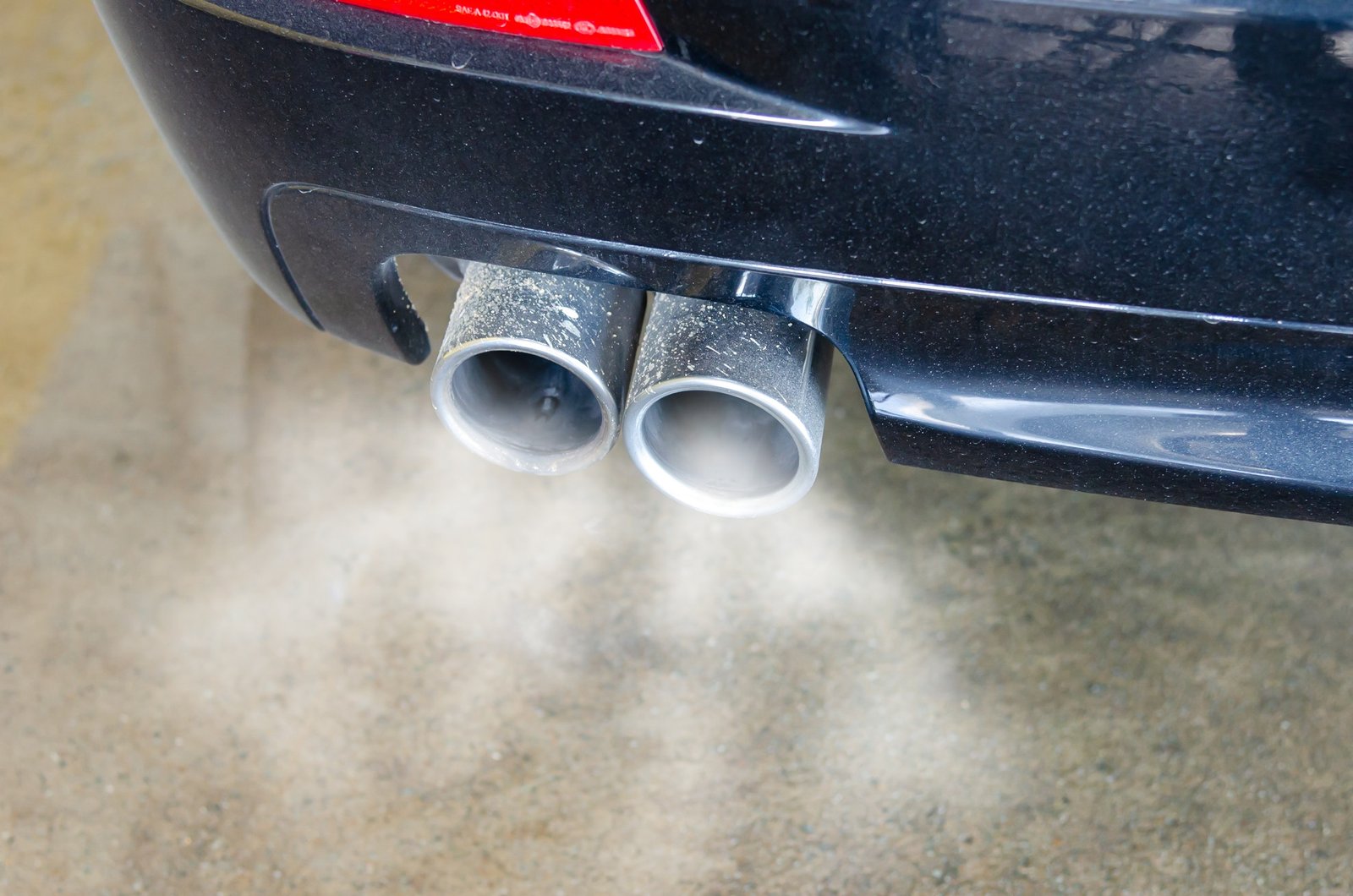When dealing with a bad EGR cooler kit in your vehicle, it’s important to recognize the signs and understand the causes behind this issue. The Exhaust Gas Recirculation (EGR) cooler is an essential component in your vehicle’s emission system, responsible for reducing nitrogen oxide emissions by recirculating exhaust gases back into the engine’s combustion chamber. Recognizing the symptoms of a bad or failing EGR cooler can save you from costly repairs and potential engine damage.
Some common symptoms of a bad EGR cooler include engine overheating, exhaust leaking, and the Check Engine Light coming on. It’s crucial to address these issues as soon as possible to avoid more significant problems with your vehicle. One of the first signs of failure may be white exhaust smoke, which is actually steam caused by boiling water or coolant Bullet Proof Diesel. Knowing how to identify these signs and taking the appropriate steps to address them can help you maintain your vehicle’s performance and longevity.
Several factors can contribute to an EGR cooler’s failure, such as poor maintenance, manufacturing defects, or engine modifications. Employing regular maintenance practices, such as cleaning or replacing your EGR valve, can prevent or delay the need for a new EGR cooler kit. When you’re ready to replace your EGR cooler, take the time to research and compare various EGR cooler kits, ensuring you make an informed decision for your vehicle’s specific needs, and keep that new EGR cooler functioning optimally.
3 Symptoms of a Bad EGR Cooler Kit
White Smoke
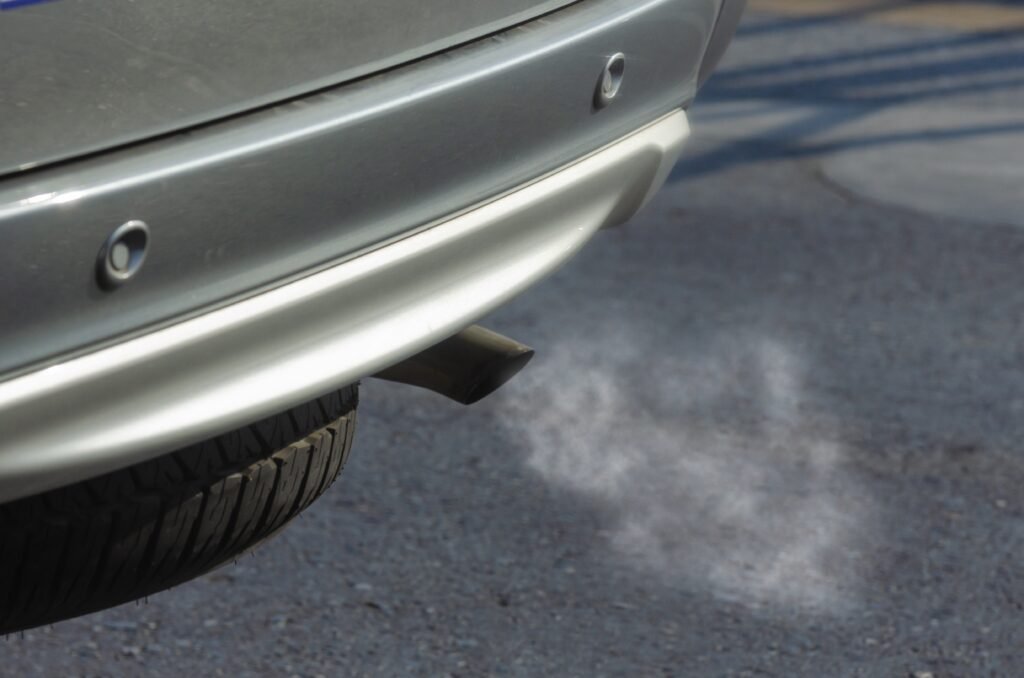
When your EGR cooler kit is malfunctioning, one noticeable symptom is the appearance of white smoke or steam coming from the exhaust system. This is not actual smoke, but rather steam caused by boiling coolant or water in the system. The texture, smell, and color of the emission can help you distinguish it as steam.
Loss of Coolant

Another sign of a bad EGR cooler kit is the loss of coolant. When your EGR cooler fails, it can cause coolant to leak out of the cooling system and onto the ground. This leakage is a sign that the cooler is not functioning correctly and needs to be replaced. In severe cases, this may cause engine overheating, which can lead to further engine damage.
Check Engine Light
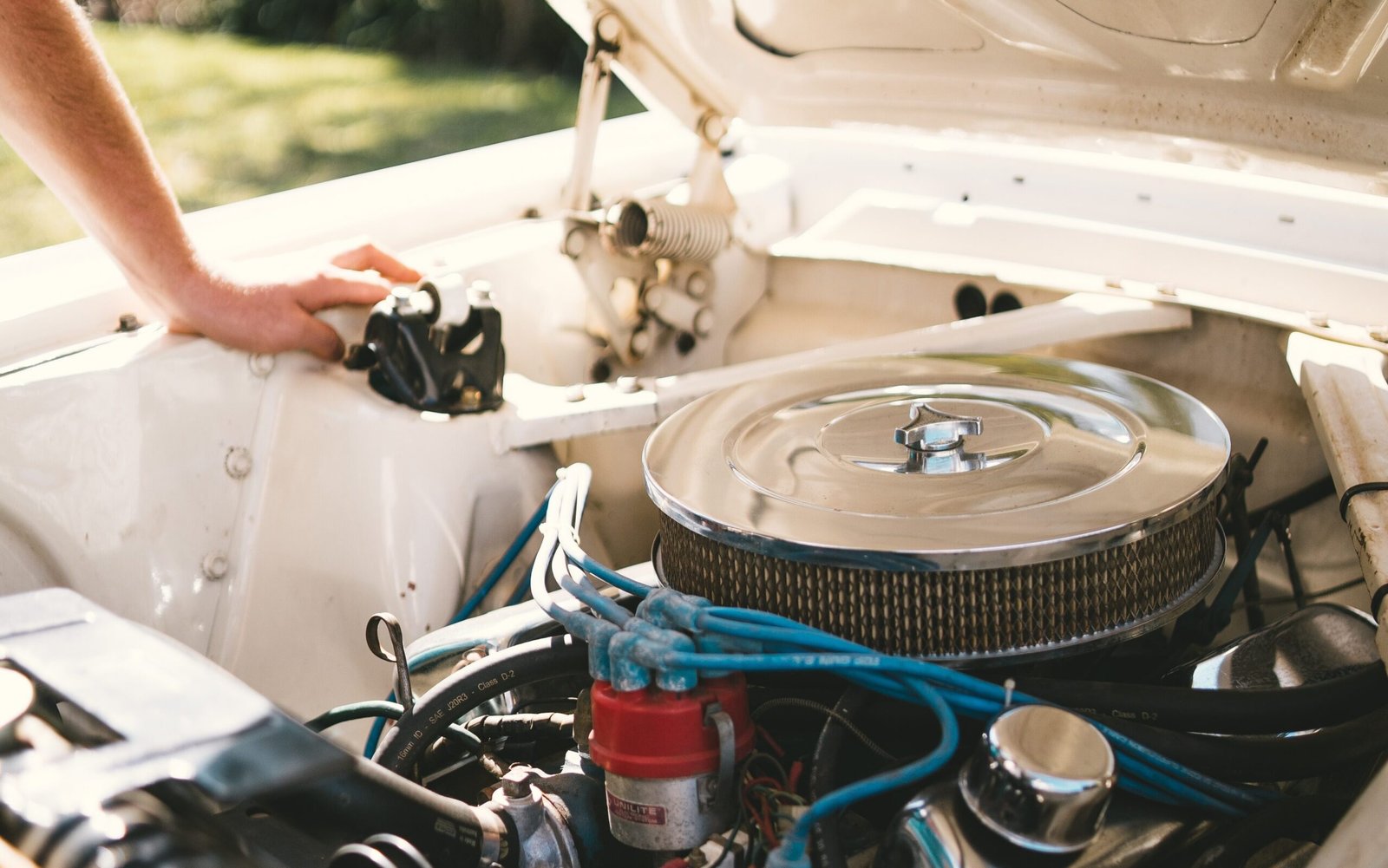
The check engine light on your dashboard may illuminate if your EGR cooler kit is failing. A damaged or malfunctioning EGR cooler kit can trigger the emission control system to detect a problem, which will cause the check engine light to come on. It is important to note that the check engine light can also be triggered by other issues, so it is wise to get a diagnostic check done by a professional to confirm the cause and determine the appropriate course of action.
How to Replace Bad EGR Cooler with EGR Delete Kit
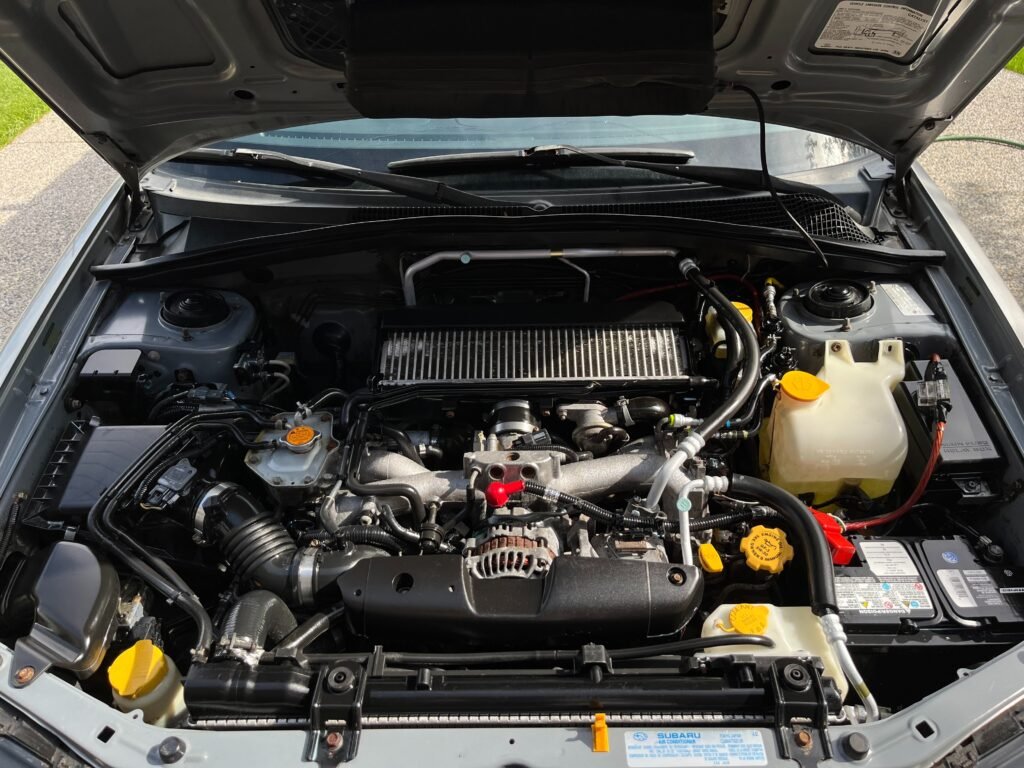
Replacing a faulty EGR cooler with an EGR delete kit can be a solution for those experiencing issues with their engine’s EGR system. Before starting with the process, it is important to understand that an EGR delete might not be legal in all regions due to its impact on emissions. With that being said, let’s go through the steps of replacing a bad EGR cooler with an EGR delete kit.
First, gather all the necessary tools and materials. You will need an EGR delete kit compatible with your vehicle, a wrench set, a screwdriver, and possibly a pry bar or pliers to help remove the EGR cooler. Make sure to wear appropriate safety gear, such as gloves and eye protection.
Begin by disconnecting your vehicle’s battery to ensure your safety while working on the engine. Next, locate the EGR cooler. It can usually be found near the exhaust manifold or close to the intake manifold. You may need to remove other engine components to gain access to the EGR cooler.
Once you’ve gained access, carefully disconnect any hoses or wiring that are attached to the EGR cooler. Be cautious not to damage any connectors or fittings during this process. Remove the bolts securing the EGR cooler to the engine, and gently pry it loose. Keep note of the location of each bolt and hose for reassembly purposes.
Now, you can install the EGR delete kit. Following the kit’s instructions, install the EGR block-off plate or bypass tube to cover the EGR cooler’s opening on the engine. Secure it in place using the supplied hardware. Reattach any hoses or wiring that were disconnected earlier, and double-check all connections to ensure they are secure.
Finally, reassemble any removed engine components and reconnect the battery. Start your vehicle to check if it runs smoothly and if any error codes have been cleared. With the EGR cooler replaced, your engine should experience improved performance and a reduction in excessive soot and carbon buildup.
Remember, always consult your vehicle’s service manual for specific instructions and compatibility requirements when performing any modifications or repairs. Additionally, it is recommended to consult a professional mechanic if you are unsure about any part of the process or have concerns regarding local regulations and emissions guidelines.
Effects of a Bad EGR Cooler Kit
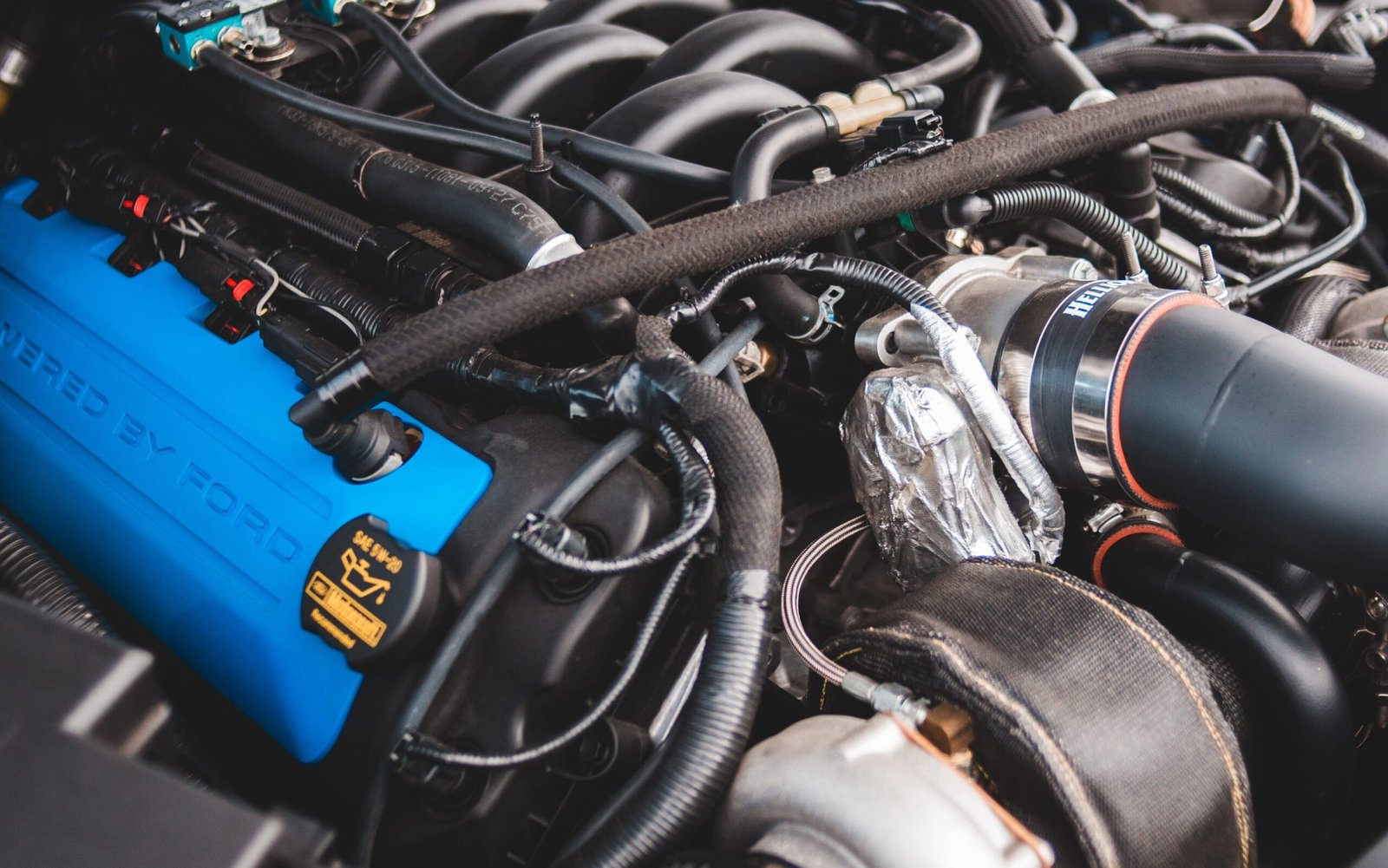
When your EGR cooler kit starts to fail, you may notice several symptoms that indicate a problem. Recognizing these symptoms early can help you address the issue before it leads to more significant engine damage.
One of the first signs of a bad EGR cooler is white exhaust smoke, which is actually steam from boiling water or coolant. This steam may result from a cracked EGR cooler, head gasket failure, or condensation inside the exhaust system.
Another symptom you may encounter is coolant loss. A failing EGR cooler can cause coolant to leak from the system, leading to overheating and potential engine damage if not addressed quickly.
Overheating of the engine is another effect of a bad EGR cooler kit. When the EGR cooler fails to reduce the temperature of the exhaust gases, your engine may struggle to maintain optimal operating temperatures, causing it to overheat. Overheating can lead to severe damage to the engine components, resulting in costly repairs.
An exhaust leak may develop if the EGR cooler gaskets fail or the cooler gets damaged. You may hear an audible hissing or tapping sound coming from the front of the vehicle. This issue will reduce the efficiency of the EGR system and negatively affect engine performance.
Lastly, a bad EGR cooler kit may trigger the Check Engine Light to illuminate. When this happens, it’s crucial to have your vehicle diagnosed by a professional to identify the underlying issue and make the necessary repairs.
By being aware of these signs and addressing them promptly, you can minimize the risk of more severe engine damage caused by a failing EGR cooler kit.
